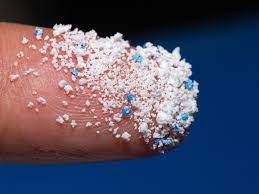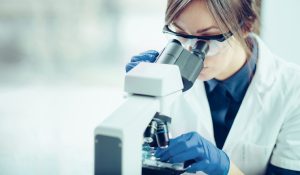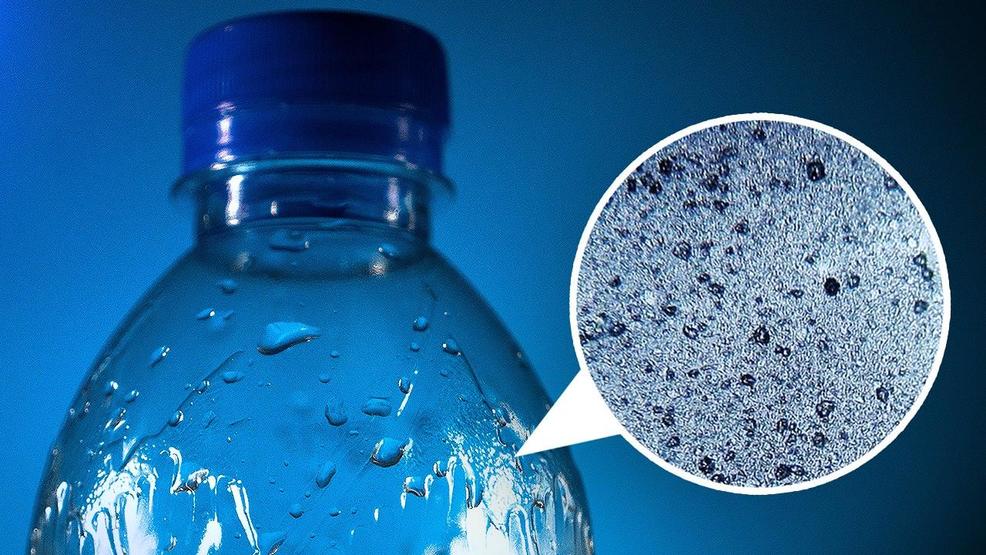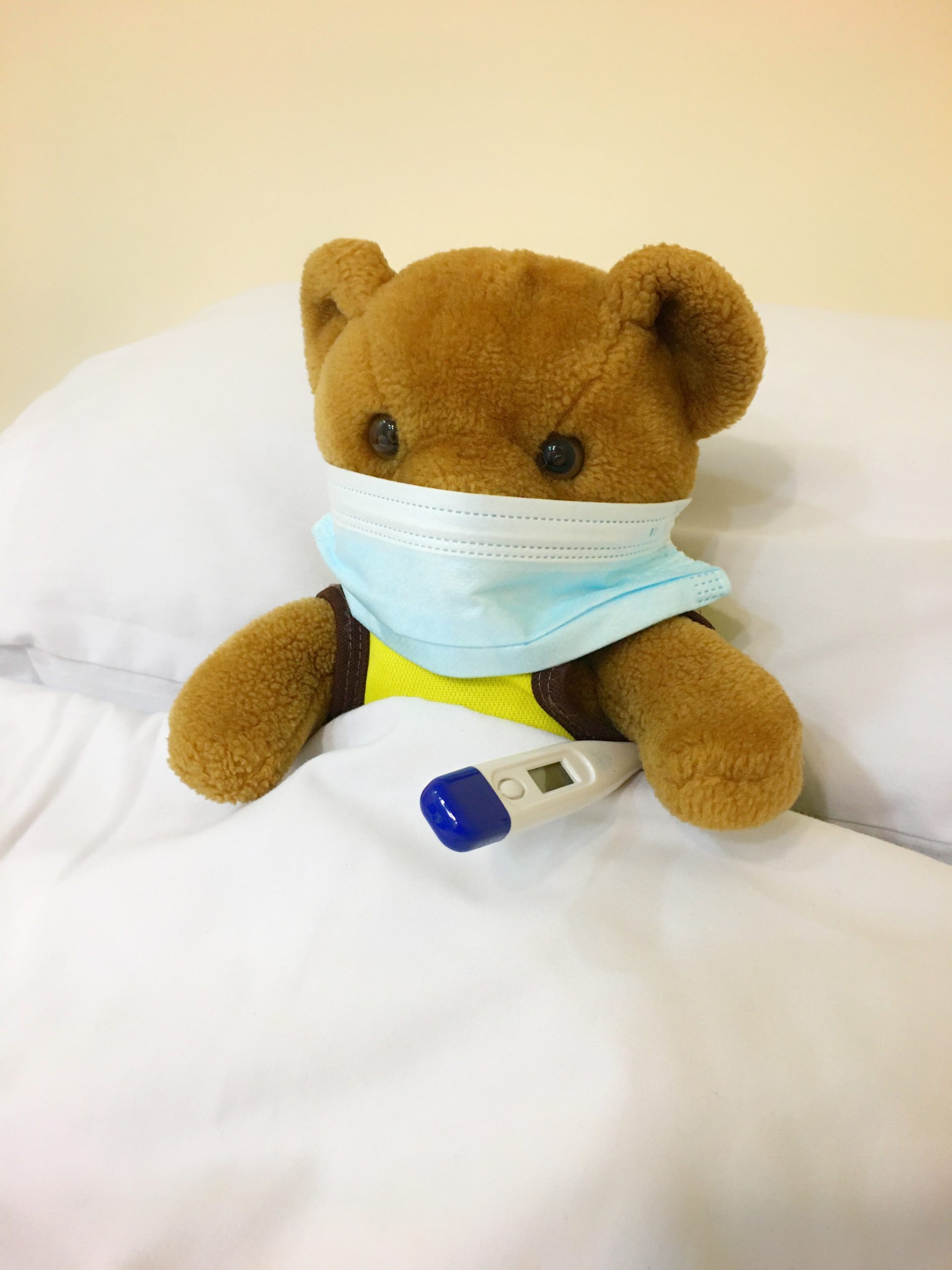Introduction
In a recent groundbreaking study, researchers from Columbia University and Rutgers University have uncovered shocking revelations about the presence of microplastics in bottled drinking water. The study, published in the Proceedings of the National Academy of Sciences, has ignited concerns about the potential health impacts of consuming water from plastic containers.
Microplastics in Every Sip: A Startling Discovery
The study, which employed advanced technology and innovative methodologies, delves into the microscopic realm of nanoplastics, revealing an unsettling truth about the water we consider safe for consumption. On average, a standard liter of bottled water was found to contain a staggering 240,000 detachable plastic fragments. These tiny “nanoplastics,” measuring smaller than one micrometer, pose a significant challenge due to their size, being less than one-seventieth the width of a human hair.

Unprecedented Concentrations Raise Red Flags
While the size of these nanoplastics may seem inconsequential, the data points to an alarming increase in concentrations compared to previous estimates. Testing three unidentified brands of bottled water, researchers found concentrations of micro-nano plastics to be approximately 240,000 particles per liter, with around 90% categorized as nanoplastics. This revelation is orders of magnitude higher than earlier reports on microplastic abundance in bottled water.
Revolutionary Technology Unveils the Microscopic World
To tackle the challenge of identifying and analyzing nanoplastics, researchers developed a state-of-the-art “hyperspectral stimulated Raman scattering (SRS) imaging platform with an automated plastic identification algorithm.” This cutting-edge technology, combining laser precision with machine learning, enables the identification and analysis of plastic particles at the single-particle level.

Industry Response and Lack of Consensus
The International Bottled Water Association (IBWA) responded to the study, expressing concerns about the lack of standardized methods and scientific consensus on the potential health impacts of nano- and microplastic particles. The IBWA emphasized that media reports might needlessly alarm consumers and pointed out the organization’s limited time for a thorough review of the study.
Human Health Implications
As the scientific community grapples with these findings, questions arise about the potential health threats posed by nanoplastic consumption. In 2022, the World Health Organization acknowledged the insufficient evidence for a reliable characterization of risks to human health, emphasizing the urgent need for further research. While microplastics have been detected in various human samples, conclusive evidence regarding their harm to human health remains elusive.

Urgent Need for Research and Awareness
As concerns regarding plastic pollution in bottled water escalate, the study’s implications extend beyond scientific inquiry. There is a growing call for standardized methods, increased research initiatives, and heightened public awareness. The use of advanced technology in this study sheds light on the microscopic world of nanoplastics, urging stakeholders to address potential health risks and explore sustainable alternatives for packaging water. The collective effort is crucial in safeguarding both environmental and human well-being.
Comparative Table: Concentrations of Nanoplastics in Bottled Water Brands
| Brand | Average Nanoplastics Concentration (Particles/Liter) |
|---|---|
| Brand A | 230,000 |
| Brand B | 245,000 |
| Brand C | 235,000 |
| Overall Average | 240,000 |










